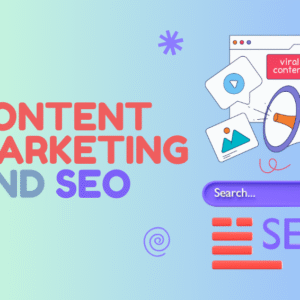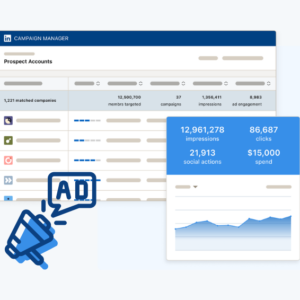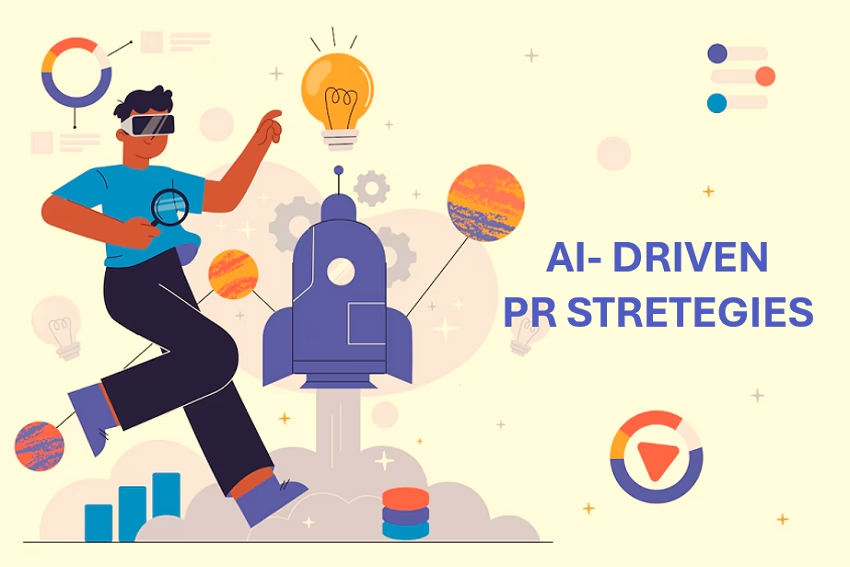If you are reading this article, then, you must already know about pay per click services. So, we’ll not get into what PPC is. What we will discuss in this article is how you can use PPC to strengthen the effectiveness of your ads. The odds stack up in favor of PPC, with over 50% of PPC visitors more likely to make purchases than organic visitors.
About everyone relies on the internet to search for businesses around them. Usually, the intent to purchase leads visitors to click on PPC ads in the search results. About 40% of brands plan to increase their PPC budget shortly due to its effectiveness. So, optimization of your PPC strategies using one or more of these methods can be your ticket to fast racking sales.
Keywords Are Key
Keywords are the linchpin of your PPC ad. If you find that your PPC ads are stagnating, and need to shake things up a little, then reviewing your keywords is a good idea. The keywords that you started with may no longer generate the kind of traffic they used to. Your keywords should have a direct commercial intent about the product or service you want to sell.
So, how do you decide if your keyword has good old commercial intentions? Well, search using them. If the top five or more results are informational, then your keywords lack commercial intent. On the other hand, if the top results are for competitors and other ads, then keywords are right to go.
| Types of intent | Description | Search query |
|---|---|---|
| Informational | A user aims to find some information, such as tips, instructions, or news. | People usually add “how to”, “tips”, “what is”, “instruction” and other wh-questions to their queries. |
| Transactional | He/she prepares to take some action. | Such words, as “buy”, “purchase”, “price”, “cheap”, “order” “get” usually help people denote their intent. |
| Navigational | A person intends to find some specific website. | Such queries are based on brand names, for instance, “nasa website”, “amazon login”, “paypal”, etc. |
Review Your Ad
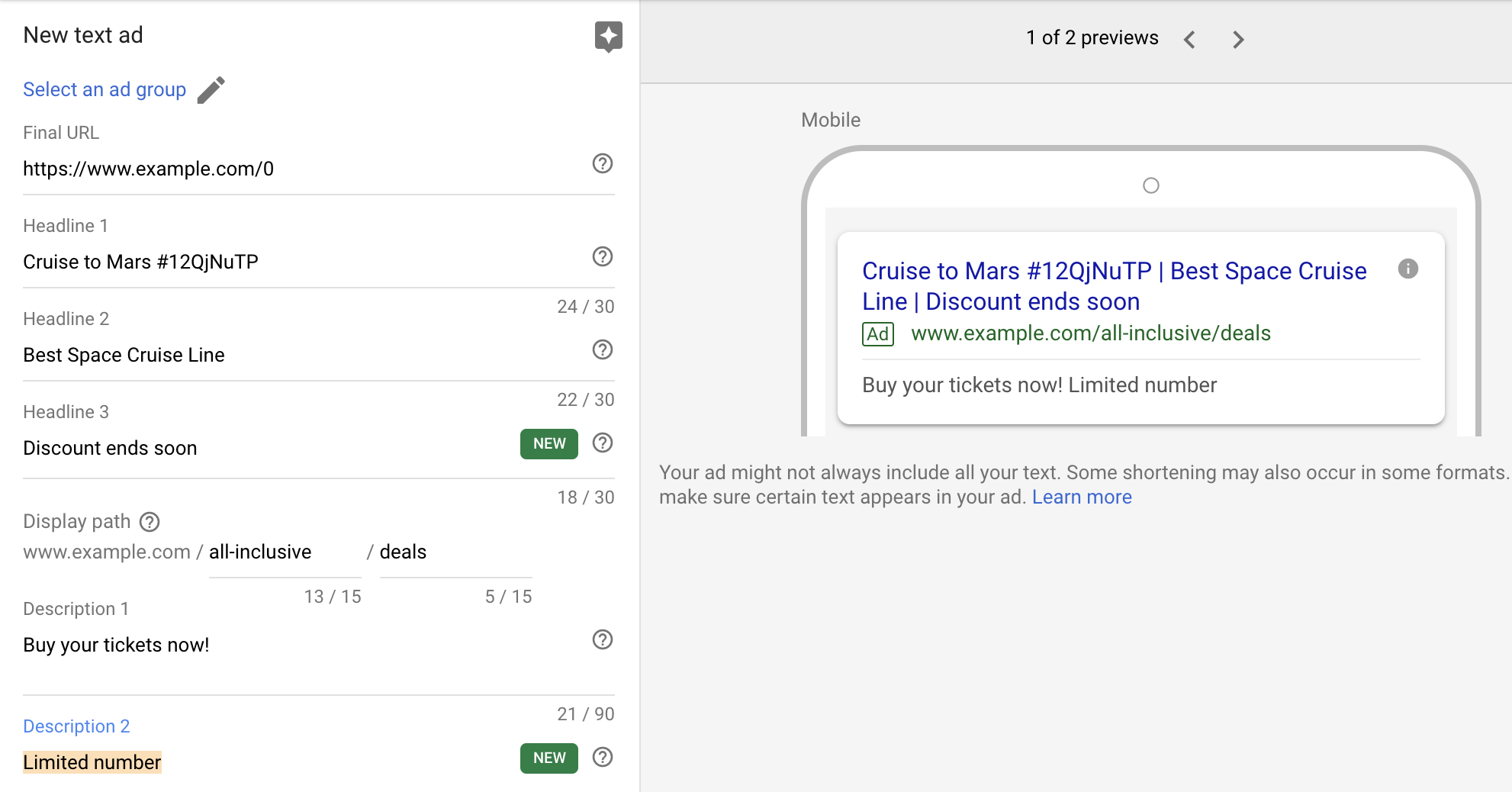 The next step is to review your ad itself. The ad is what will decide if the visitor will click on it or not. Since you have volumes to speak in less than 100 words, your ad message should be compelling. Usually, ad headlines are nothing but an arrangement of keywords. It will help if you switch it to something that will talk about how you can solve people’s problems.
The next step is to review your ad itself. The ad is what will decide if the visitor will click on it or not. Since you have volumes to speak in less than 100 words, your ad message should be compelling. Usually, ad headlines are nothing but an arrangement of keywords. It will help if you switch it to something that will talk about how you can solve people’s problems.
The next element to add to your ad is including emotional triggers. Since the internet is a few-seconds game, appealing to people’s emotions with just a few words is the trickiest part. If you can nail that, your ad will generate a lot of PPC traffic.
You can do this by determining the customers you want to target. Next, decide on the personality of your ad as it should appear to customers. Finally, write an ad copy using this personality to appeal to your customers’ emotions.
Pick Ad Extensions Wisely
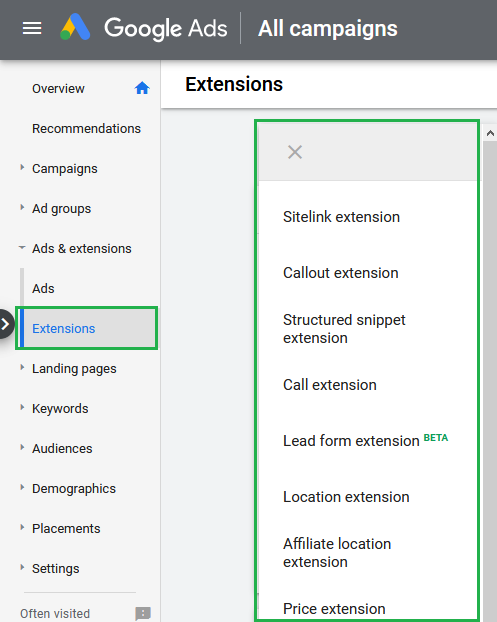
For many, ad extensions are nothing but a link to their website. There is so much you can do with ad extensions in that tiny space below your ad. You can add a social media link to it. In this nano-second world, social media can be your publicist, brand ambassador, marketing guru, and customer reviews, all rolled into one. Don’t miss out on adding a social media link that features your brand at its finest.
You can also add a location or phone number. Since we already know that about 65% of users click on ads with the intent to purchase, adding a phone number can nudge them a step forward to call and ask about your product or service. Since searches are based on GPS, adding a location may increase the foot traffic to your store, if you do have a brick-and-mortar one. A walk-in is as good as a sale. Your pay per click services provider should be able to let you know how many extensions you can add to one ad.
Well now, We’re About To Land
You have the best possible keywords, your ad looks great, and you have caught the visitor’s attention. You have your phone number and website in the extensions, and customers click on the site. Where do they land? It is probably the first time they visit your website, and they need to be impressed to remain on it.
This means that your landing page has to be remarkable. It should grab the attention of the ficklest of minds. First, let the landing page be relevant to the customer’s needs and not your homepage. Titillate them with product details, offers and discounts, and the promise of the best shopping experience.
However, providing your customers with the best shopping experience can be challenging if you do everything alone. Due North are digital marketers in Brisbane, Australia, that recommend leveraging extensive marketing expertise to execute campaign plans and generate impressive results. Grab the low-hanging fruit to turn your new marketing system into a self-funding machine to grow profit through effective PPC tactics.
So, how do you go about it? The answer is landing page content optimization. When users click on an ad, they want to find what they were promised in its content. Optimizing your landing page ensures the content aligns with the ad’s message and offers. This relevance and consistency create a seamless user experience, which increases the likelihood of users staying on the page and taking desired actions.
Let your keywords be in the limelight so that the visitor is reassured that they are on the right page. Ensure that your landing page appears optimized for smartphones. After all, over 40% of searches are done on smartphones. Use language that speaks to the customers directly. It instills trust.
Analyze Results
This is the world of big data, and within the heaps of data lies the knowledge that can turn your business around 360 degrees. Make sure that your analytics are set up to measure each aspect of your ad. Data on how many people search your keywords will tell you if they are optimal.
Numbers on how many times your ad came up among the top five will tell you how good your ad copy is. Stats of the number of clicks will show you how effective your entire PPC strategies are.
Some of the key metrics that you need to study in detail are impressions, clicks, and conversions. Your PPC provider will allow you to set up goals like every time a customer adds an item to the shopping cart, and these goals will help you take your marketing one step further by gently pushing the customer to make the purchase. The data will allow you to identify which keyword or ad copy or a combination of both works. It can be your very own SWOT analysis available at the tip of your fingers.
Additionally, impressions reveal ad visibility, cost-per-click (CPC) calculates the cost per click, and cost per conversion (CPA) measures acquiring a conversion cost. By closely monitoring and optimizing CPA, you can refine your strategies, improve conversions, and enhance the overall performance of your digital marketing endeavors. On the other hand, ad position reflects the average ad position on result pages. Quality Score by platforms like Google Ads assesses relevance. These metrics shape decisions for optimization and goal achievement in PPC campaigns.
This data can be the oil that your business engine needs to kick start.
PPC is the most effective and fastest way to increase sales and outrank your competitors. Your ads can’t be static. They need to be dynamic, and to achieve this, you need to review your PPC strategies ever so often. Armed with these top PPC optimization strategies, you can upgrade your pay per click services to boost sales.

